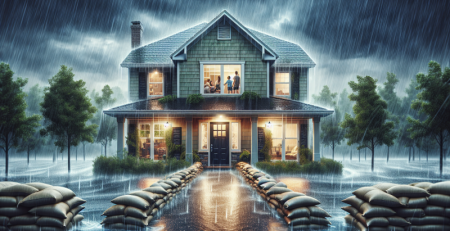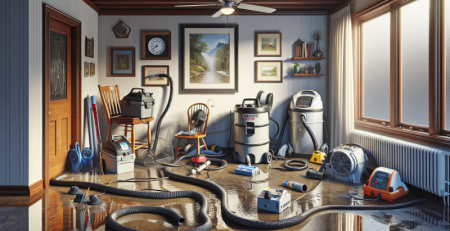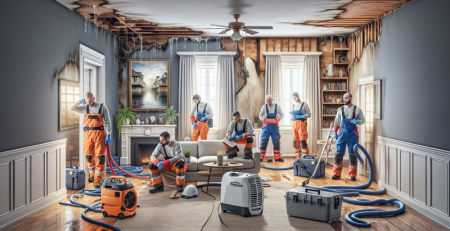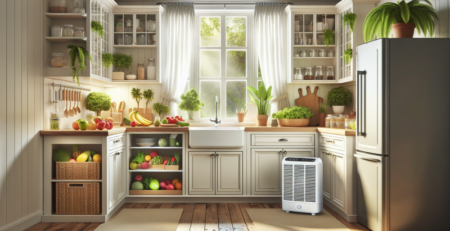Restoration Tips for Homes with Historical Value
Restoring a historical home is both an honor and a challenge. Whether you’re preserving a Victorian-era townhouse or a Colonial farmhouse, these properties come with unique architectural details, stories, and responsibilities. This guide offers expert restoration tips for historic homes to help homeowners maintain their property’s legacy while ensuring it remains livable, safe, and compliant with preservation standards.
Why Restoring a Historical Home Requires Special Care
Restoring homes with historical value is not the same as remodeling a modern structure. These homes often hold cultural, architectural, and sometimes legal significance.
Unlike standard renovations focused on aesthetics and efficiency, historical home restoration prioritizes authenticity and preservation. Every cornice, beam, or hand-carved newel post represents a chapter in architectural history. Changing or replacing these without consideration risks erasing the very character that makes the home valuable.
Additionally, historical homes may be subject to local heritage laws, which restrict what can and cannot be altered. Understanding these differences is crucial before beginning any restoration project.
Preserving historical architecture isn’t just about bricks and wood—it’s about protecting craftsmanship, style, and heritage that modern buildings no longer replicate.
Assessing the Current State of the Property
Before diving into any restoration, conduct a thorough assessment of the property’s condition. Some issues are visible, while others require specialized inspection.
🔍 Key Areas to Evaluate:
-
Foundation: Look for settling, cracking, or crumbling mortar.
-
Roofing: Inspect for leaks, rot, and damaged flashing.
-
Walls and Masonry: Check for bulging, efflorescence (white powder), or loose bricks.
-
Plumbing and Electrical Systems: Outdated wiring and pipes are common in older homes and pose serious risks.
⚠️ Hidden Threats to Watch For:
-
Water damage in historic homes, especially in basements or around windows
-
Mold growth in humid or poorly ventilated areas
-
Outdated or hazardous materials, like asbestos or lead paint
-
Pest infestation that may have gone unnoticed for years
If major damage is present, consider hiring a professional for structural repair for old homes. Companies like Kraus Restoration specialize in identifying and addressing structural concerns in historic properties.
For moisture-related issues, see Water Damage Cleanup Services.
Preservation vs. Modernization: Finding the Balance
Every homeowner faces the challenge of choosing what to preserve and what to update. The key is to modernize without compromising historical integrity.
🛠️ What to Preserve:
-
Original hardwood floors
-
Millwork, crown moldings, and wainscoting
-
Historic windows and doors (refurbish rather than replace)
-
Fireplaces, banisters, and plasterwork
✅ What You Can Update—Carefully:
-
Plumbing and electrical systems (hidden behind walls)
-
HVAC systems—consider unobtrusive solutions like mini-duct systems
-
Insulation—upgrade discreetly to improve energy efficiency
-
Kitchens and bathrooms—can be modernized using period-accurate materials like vintage tile or antique-look fixtures
When retrofitting historic homes, aim for reversible upgrades that won’t damage the original structure. Use materials that match the original in appearance, even if they’re modern composites.
Energy-efficient upgrades such as storm windows over original panes or attic insulation can enhance comfort without impacting the historical facade.
Working with Experts and Complying with Regulations
One of the smartest moves in restoring a historical home is assembling a qualified team.
👷 Professionals to Consult:
-
Preservation architects familiar with historical styles
-
Engineers with experience in antique house preservation
-
Skilled tradespeople specializing in woodwork, masonry, or period finishes
-
Restoration contractors who understand heritage protocols
When selecting contractors, verify that they follow the Secretary of the Interior’s Standards for the Treatment of Historic Properties or local equivalents.
Before starting work, check local laws and heritage registries. Some areas require permits for even minor exterior changes. Violating these can result in fines or forced reversals of your work.
Make sure your insurance covers restoration projects. Certain historic homes may require specialty policies.
For fire recovery needs, consult Fire Cleanup Services to safely restore structures without damaging original materials.
Common Mistakes to Avoid When Restoring Historic Homes
Even well-meaning restorers can make costly errors. Here are the most common pitfalls:
❌ Top Mistakes to Avoid:
-
Painting over original brick or wood trim without approval
-
Removing original features (fireplaces, windows, staircases)
-
Installing modern siding or vinyl windows
-
Using synthetic materials that clash with the period style
-
Skipping expert consultation on historical preservation rules
Respect the home’s original design. When in doubt, preserve rather than replace.
Avoid quick fixes or DIY shortcuts, especially with electrical or water issues. Improper repairs can lead to long-term damage.
Need help addressing hidden damage? Mold Cleanup Services are crucial in historical properties where materials are highly absorbent and susceptible to long-term moisture issues.
Long-Term Maintenance and Protection Strategies
Restoration doesn’t end with a completed project. To protect your home’s longevity and integrity, adopt a maintenance plan tailored for historical buildings.
🧰 Maintenance Tips:
-
Control moisture with proper drainage, gutters, and grading
-
Regularly inspect roofing and flashing for leaks or wear
-
Seal and caulk vulnerable areas to prevent rot
-
Use pest barriers that don’t damage wood or plaster
-
Keep interior humidity in check to avoid mold growth
-
Repaint with breathable, historically appropriate paints
Schedule annual checkups with preservation experts. They can spot issues early, especially in climates with wide temperature swings.
Also consider fireproofing areas like attics or installing concealed smoke detection systems.
Case Study: A Victorian Revival Done Right
In upstate New York, a couple purchased an 1893 Victorian home that had suffered decades of neglect and two incidents of water damage. Working with a preservation architect and local restoration firm, they carefully:
-
Rebuilt damaged floor joists using salvaged timber
-
Restored original pocket doors and stained-glass panels
-
Installed modern plumbing and HVAC without altering ceiling heights
-
Used mineral paints on the exterior to preserve brick breathability
The result: a functional, energy-efficient home with timeless character—and full compliance with historical preservation regulations.
Conclusion
Restoring a historical home is a meaningful journey that blends art, architecture, engineering, and respect for the past. With proper planning, expert guidance, and a commitment to preserving historical architecture, you can bring your antique home back to life—while honoring the legacy it represents.
Whether you’re tackling fire damage restoration for heritage buildings or learning how to restore an old house from the ground up, take each step with care. Your choices today will shape how this piece of history survives tomorrow.








